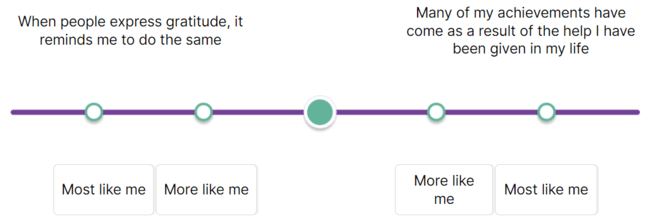The AWS assessments combine technical knowledge with life-like scenarios to simulate real work at AWS. Covering 4-5 sections, the test evaluates your critical thinking, decision-making, use of Amazon’s Leadership Principles, and technical expertise.
Prepare effectively with our accurate and realistic Amazon assessment test questions and answers! Our PrepPack equips you with the tools and confidence you need to excel and ace your Amazon assessment.
- Work Simulation Practice (All AWS Positions): Solve scenarios mirroring real tests, based on Amazon’s Leadership Principles.
- Work Style Assessment (All AWS Positions): Answer 40 realistic questions with detailed explanations of the preferred responses.
- Technical Knowledge Test (Support Engineer): Answer 24 questions replicating real assessment content.
- Technical Simulation Practice (Solutions Architects & TAM) - Solve 27 technical simulation scenarios with a total of 134 questions.
- Technical Experience Practice (Solutions Architects & TAM) - Handle technical experience work-related situations.
- Solutions Architects & TAM (Previous Version) - Includes Customer Simulation and Work Preference practice tests, testing your technical knowledge and computing skills.
Please Note! 💡
For other Amazon roles, see our Amazon hiring and assessment pages. Applying for SDE? Visit our Amazon SDE Assessment page.
Solution Architect & TAM Pack
- Technical Simulation Practice
- Technical Experience Practice
- Work Style Assessment Practice
- Previous Exam Version Prep
Support Engineer/Associate Pack
- Full Work Simulation Practice
- Work Style Assessment Simulator
- Technical Knowledge Practice Test
Note: Every practice test offers in-depth answers and explanations.
Here, you will find free AWS assessment test questions and answers, with detailed explanations in text and video format that demonstrate how to solve them correctly.
The page includes questions for:
Support Engineer: Work Simulation, Technical Knowledge, Work Style.
Solution Architect & TAM: Technical Simulation, Technical Experience, Work Style.
What Is the Amazon AWS Online Assessment?
The Amazon AWS Online Assessment is a series of tests administered after the initial application stage for Amazon Web Services roles, designed to evaluate candidates’ technical skills, problem-solving abilities, and alignment with Amazon’s 16 Leadership Principles.
The assessment takes about 2 hours to complete, and passing it is crucial to advance in the hiring process for positions like Support Engineer, Solution Architect & TAM.
How to Pass the Amazon AWS Assessment Test
Here are 4 tips to prepare effectively:
1. Familiarize Yourself with Test Formats: Each section, from work simulations to technical questions, is crafted to reflect real Amazon scenarios. Knowing what to expect gives you a competitive edge.
2. Study Amazon’s Leadership Principles: These principles are the backbone of assessments like the Work Style Test. Aligning your answers with them demonstrates your cultural fit.
3. Practice Technical Questions: Tests like the Technical Knowledge Test challenge your problem-solving and technical expertise. Practice the Amazon assessment test questions and answers in this page to build confidence.
4. Simulate Real Scenarios: The Working With Customers Simulation tests your ability to handle complex scenarios. Practice responding effectively to email-based tasks to boost your score.
Keep scrolling to go over sample questions and guides from the PrepPack
Technical Simulation
Technical Experience
Roles: Solution Architect & TAM
In this section, you will be presented with multiple-choice questions, each offering 4-5 potential responses.
The questions will describe your work experiences, approaches, and how you would handle hypothetical work-related situations.
These questions aim to assess your knowledge, decision-making skills, and preferences in various technical scenarios.
Here are some example questions you can try:
More AWS Online Assessment Solution Architect Questions
Watch the following video for 3 additional AWS practice examples [technical experience, technical simulation, and work style], featuring an in-depth analysis of the reasoning behind each question.
Amazon Work Simulation
Technical Knowledge
Amazon Work Style
What Are the Next Steps If I Passed the Assessment?
That depends on your performance on the assessment. All candidates with a good passing score will proceed to a round of interviews and will then take an additional role-specific technical test.
If you only pass with an average score, you'll need to pass an additional phone interview with an AWS employee. He or she will determine if you should advance to the round of interviews.
Other Amazon Tests
Visit our main page for a deep dive into Amazon’s hiring process and roles.
We rely on customer feedback to ensure our PrepPacks stay accurate and suited to match test-taker needs. Do you have questions regarding which PrepPack is best for you? Can't find the PrepPack you're looking for? Let us help! Reach out at info@jobtestprep.com.






